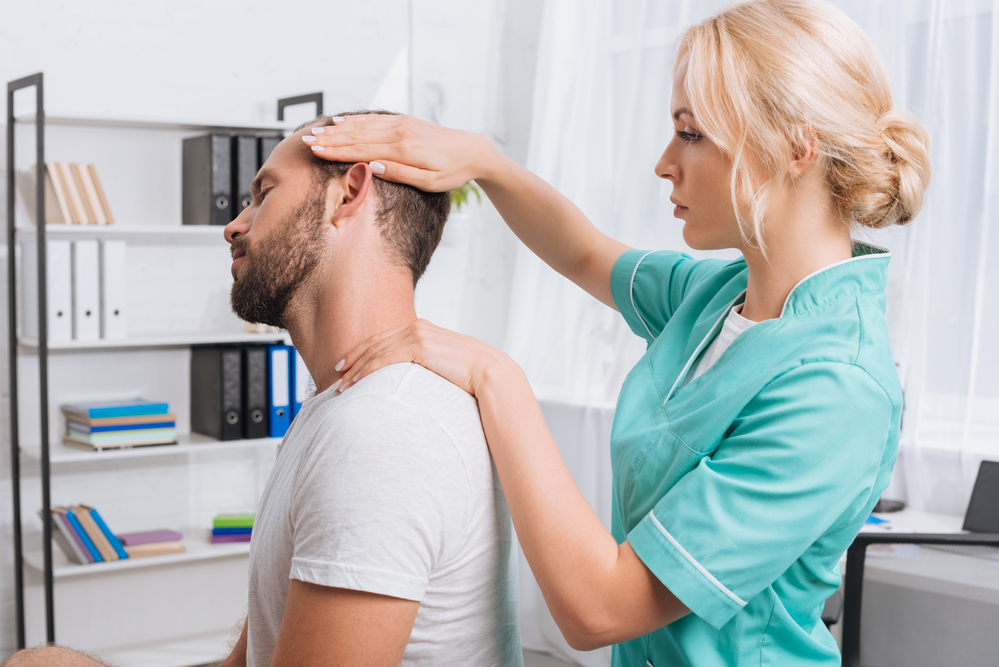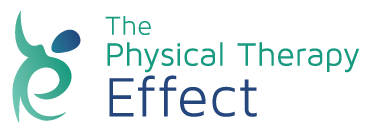How Can Physical Therapy Help Manage Headaches?
Dec 5, 2022

Headaches are a very common complaint. They range in severity and frequency, but up to 1 out of every 20 adults across the world may suffer from a headache either every day or almost every day. Of those headaches, the most common type is a tension headache. However, there are many other kinds of headaches and equally many causes.
For most headaches, they go away on their own. But some people suffer from headaches frequently enough or at such an intensity that the headache starts to impact their daily lives. It’s at this point that physical therapy can help.
What Types of Headache Are There?
There are two major types of headaches: primary and secondary. Primary headaches typically occur on their own while secondary headaches are most frequently a symptom of something else.
The most common types of primary headache are:
- Tension headache
- Cluster headache
- Migraine (with or without aura)
Secondary headaches can be caused by a wide range of conditions, from a concussion or pressure from tight-fitting headgear to sinusitis, panic attacks, or strokes. Even brain freeze from eating cold food is considered a secondary headache, even though the sensation only lasts a few moments. Secondary headaches are typically managed by managing the condition that causes them rather than the headache itself.
What Causes a Tension Headache?
A tension headache is most commonly triggered by stress. In some cases, they can be difficult to tell apart from migraine headaches and can last from a half-hour to up to a week. Shorter headaches may occur frequently if they’re episodic and are considered chronic if you get them more than fifteen times a month for a period of at least three months.
What Causes a Cluster Headache?
No one really knows exactly what causes a cluster headache to occur. However, some experts believe that cluster headaches are associated with irregularities in the hypothalamus or the biological clock of the body. Unlike tension headaches or migraines, there aren’t usually specific triggers.
What Causes a Migraine?
Both environmental factors and genetics play a role in whether or not you’re prone to migraines. Additionally, there are certain factors that can trigger migraines:
- Changes in estrogen (in women)
- Stress
- Bright lights
- Strong smells
- Alcohol
- Caffeine
- Jet lag
- Too much sleep
- Too little sleep
- Physical exertion (including sex)
- Aged cheese
- Processed foods
- Salty foods
- Aspartame
- MSG
- Fasting
- Skipping meals
- Weather changes
- Barometric pressure changes
- Oral contraceptives
- Vasodilator medications
How Can a Physical Therapist Help with Headaches?
Physical therapy has many benefits when it comes to headaches. First, your physical therapist can help you figure out what is causing your headaches. Treating the headaches with physical therapy may be able to decrease the frequency, duration, and even the intensity of headaches. If you’re taking medication for the headaches, then you may be able to decrease the amount you’re taking.
Determine the Cause of the Headaches
The first step in managing headaches is to determine the cause of the headache. If your headaches are secondary, then you may already know what causes them, if it’s been diagnosed by a doctor. For primary headaches, however, you may not know what causes your headaches. Whatever the cause of the headache, your physical therapist may be able to help you determine its cause.
To do this, your physical therapist may ask you to describe exactly where you’re feeling pain. You should tell your therapist how frequently and how intensely you experience headaches as well as how long. If you’ve had any injuries to your jaw, neck, or head, let your physical therapist know.

Manual Physical Therapy Techniques
Your physical therapist may use manual physical therapy techniques to address any joint or muscle stiffness in your jaw or neck. These techniques can also decrease any tension in your muscles, reduce muscle spasms, and improve the overall performance of your muscles.
Exercise Programs
Certain types of exercise can help to reduce your pain. Plus, they have added benefits of improving your endurance and your overall wellbeing as well as decreasing any inflammation. Your physical therapist can help you learn what exercises you can do at home as well as help you determine the optimal at-home exercise plan.
Relaxation Techniques and Trigger Avoidance
Your physical therapist can further help you avoid headaches by helping you learn more about that. You can learn what triggers you need to avoid. Additionally, your physical therapist may be able to help you learn relaxation techniques that can help you reduce stress.
Suffering From Painful and Persistent Headaches?
Schedule a physical therapy appointment for the relief you need.
Book Your AppointmentFor informational purposes only.











